The 6 Best Remedies for Fungal Infections of the Scalp
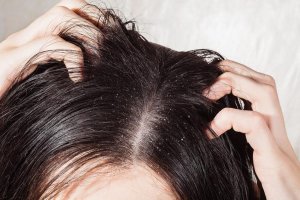
The most common fungal infection of the scalp is ringworm (tinea capitis). Although it can affect people of any age, it’s most common in children. It causes itchy, scaly bald patches on the skin. In more serious cases it can cause severe inflammation and permanent hair loss. So, what can you do to treat it?
If you think you have ringworm, it’s important to see your doctor or dermatologist. This kind of infection usually requires medication. There are also some shampoos and home remedies that can help alleviate your symptoms. Keep reading to learn more…
What are fungal infections of the scalp?
There are various kinds of fungal infections of the scalp, but the most common fungus or scalp infection is known as tinea capitis. This infection is caused by dermatophyte fungi. According to an article in the scientific magazine Mycopathologia, symptoms can vary depending on the level of capillary invasion, the patient’s immune system, and the degree of their inflammatory response.
People with a mild case of ringworm can experience some hair loss and small, hard-to-see scaly patches. In more serious cases, it can cause painful, swollen lesions on the skin that cover a large portion of the scalp and inhibit hair growth.
The signs and symptoms of tinea capitis vary, but it usually causes itchy and scaly bald patches on the scalp.
If your hair is often wet or damp, the microorganisms that cause ringworm can thrive. You can also get ringworm if you have a cut or wound on your head and don’t clean it properly.
This infection is contagious, so you should avoid contact with or use of the personal accessories of someone with ringworm. Seek professional help as soon as possible so you can treat the infection properly.
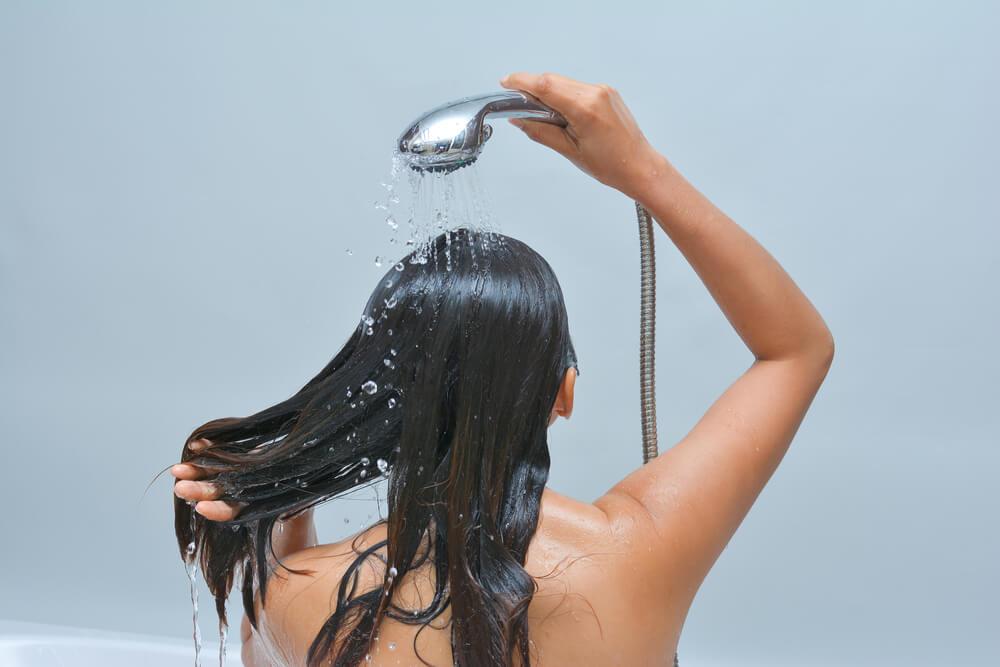
Treatment for ringworm
When you see your doctor or dermatologist they will be able to recommend an oral anti-fungal medication like terbinafine, itraconazole, griseofulvin or fluconazole. At the moment itraconazole and terbinafine are authorized in some countries for pediatric use.
If your doctor prescribes one of these medications, you might have to take it for six months or more. They might also recommend that you also use a medicinal shampoo to help get rid of the fungus spores and prevent the infection from spreading.
How to avoid fungal infections of the scalp
According to the Mayo Clinic, fungal infections of the scalp are difficult to prevent because they are highly contagious. However, there are some measures you can take to reduces your risk. These include:
- Avoid leaving your hair wet for a long time.
- Don’t use hats that prevent your hair from drying after you wash it.
- Keep your hair clean and use a good-quality shampoo.
- Avoid contact with infected animals.
- Educate those around you about the risk of getting this infection.
- Try not to use other peoples’ personal belongings like brushes, combs, hats, towels, pillows, etc.
- Keep your brushes and combs clean.
6 remedies for fungal infections of the scalp
In addition to your prescribed medication, you can try some natural remedies to ease your symptoms. Just remember that there is limited evidence of their safety and effectiveness so always use with caution.
Although natural remedies have gained popularity in recent years, they should never replace medical treatment. If you have any doubts at all, ask your doctor. If you decide to try a natural remedy and you have an undesired reaction, stop using it immediately and rinse with lots of cold water.
1. Garlic Solution
Applying garlic is a popular home remedy for ringworm of the scalp. However, keep in mind that it can be a little strong for people with sensitive skin. You should try some on a small patch of skin before applying it all over your head.
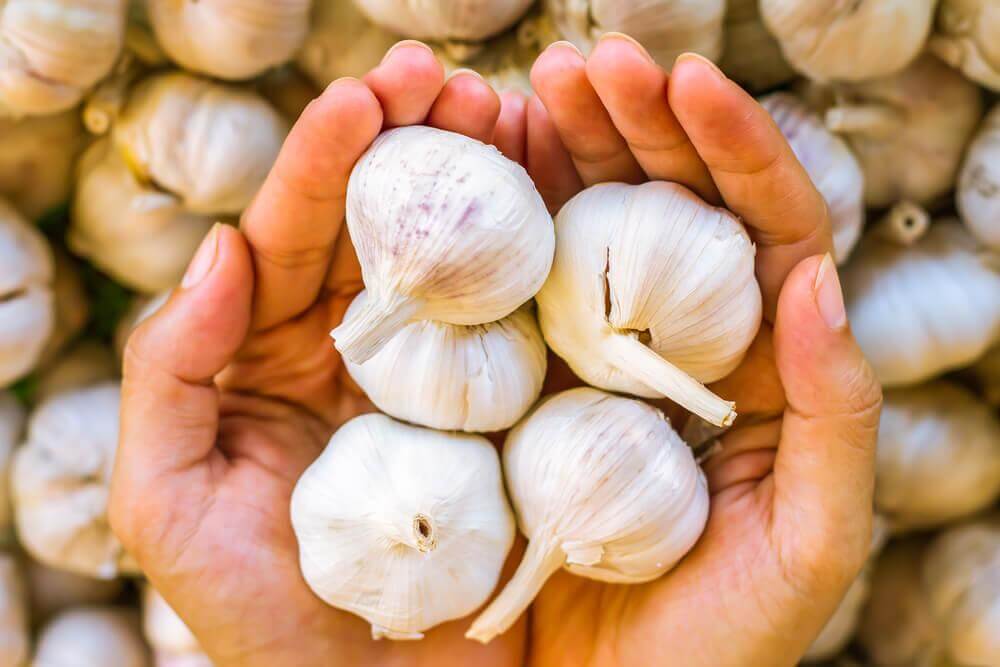
- ½ cup of lemon juice (125 ml)
- 6 rosemary leaves
- 5 garlic cloves
What to do
- Peel the garlic cloves and bring to a boil with the lemon juice and rosemary leaves for about 10 minutes.
- Apply the resulting mixture daily on your scalp.
2. Baking Soda Exfoliant
Baking soda’s texture makes it an excellent exfoliant to slough off the scaly patches and dead skin cells that accumulate on the scalp. It can also help soothe itchiness. If you have sensitive skin the baking soda could be irritating to your scalp, so use carefully.
Ingredients
- 1 cup of hot water (250 ml)
- 1 tablespoon of baking soda (9 g)
What to do
- Mix the cup of hot water with the tablespoon of baking soda.
- After showering, apply on your scalp with circular movements and leave on for 5 minutes.
- Rinse with water.
3. Apple Vinegar
The antifungal properties of apple cider vinegar have been studied, but there isn’t enough scientific evidence to approve it as a medical treatment. Nonetheless, it is popularly accepted as an alternative remedy for ringworm of the scalp.
Ingredients
- ¼ cup of vinegar (62 ml)
- 1 cup of water (250 ml)
What to do
Dilute the apple vinegar in the cup of water. Apply the mixture on your scalp and leave on for 10 minutes before rinsing with water.
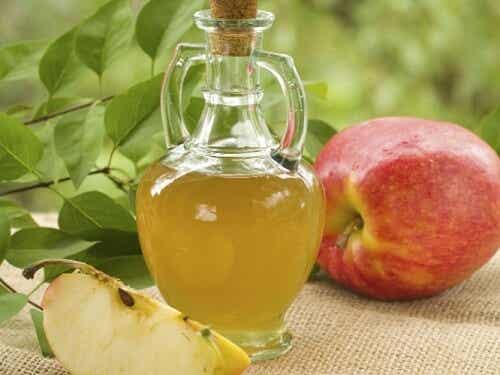
4. Yogurt and lemon
There’s no scientific evidence that plain yogurt and lemon can help treat fungal infections of the scalp. However, probiotic products like yogurt might promote anti-fungal activity because of their content of live active cultures.
Ingredients
- ½ cup of plain yogurt (100 g)
- A few drops of lemon juice
What to do
- Mix both ingredients, apply them to your scalp, and leave it on for at least 30 minutes.
- Rinse with water and then dry your hair well. You can repeat the procedure three times a week.
See also: Onychomycosis: Nail Fungus
5. White Vinegar
Just like apple cider vinegar, white vinegar is another popularly accepted remedy for ringworm. We recommend diluting it before using it because it could irritate your scalp.
Ingredients
- ¼ cup of vinegar (62 ml)
- 1 cup of water (250 ml)
What to do
- Mix the ingredients.
- After thoroughly washing your hair, apply the mixture on your scalp and leave on for 5 minutes.
- Finally, rinse with water.
Aloe vera gel
Aloe vera has aloin, a substance believed to have antifungal effects. In fact, a study in the medical journal Oman Medical Journal confirmed that aloin does indeed have antifungal properties.
Ingredients
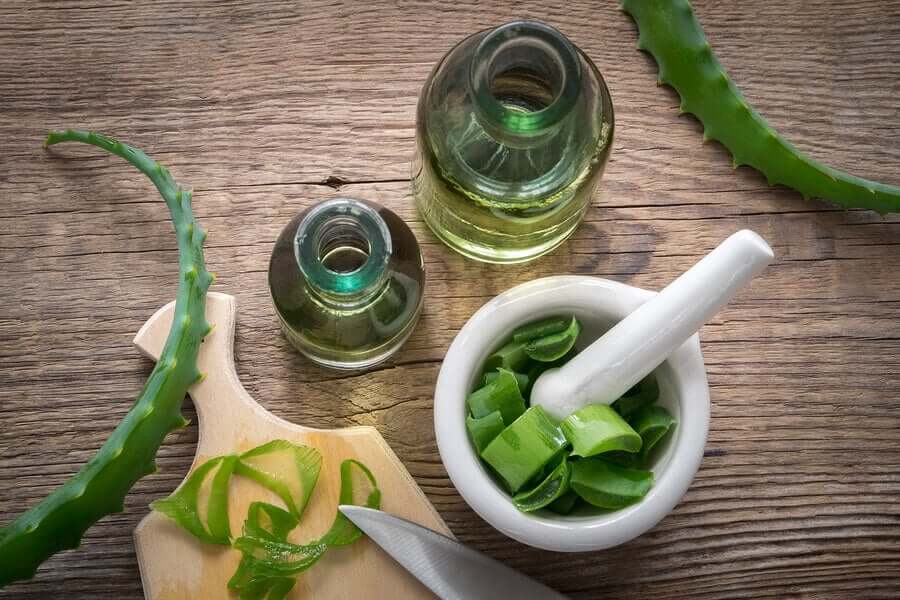
- Spread the aloe vera gel on your scalp with a brush, so it is in direct contact with the scalp.
- Leave it on for about 10 minutes and then rinse with plenty of water.
In conclusion
Ringworm on the scalp is a problem that needs professional attention. Though these natural remedies can help alleviate symptoms, the best thing for the infection is medical treatment. In the future, try to take preventative measures to avoid spreading these types of infections.
All cited sources were thoroughly reviewed by our team to ensure their quality, reliability, currency, and validity. The bibliography of this article was considered reliable and of academic or scientific accuracy.
- Altmeier, S., & LeibundGut-Landmann, S. (2017). Immunity to fungal infections. En A. Carvalho (Ed.), Immunogenetics of Fungal Diseases (pp. 35-83). Springer. https://link.springer.com/chapter/10.1007/978-3-319-50842-9_2
- Hay, R. J. (2017). Tinea capitis: current status. Mycopathologia, 182(1), 87-93. https://www.ncbi.nlm.nih.gov/pmc/articles/PMC5283510/
- Leyva Salas, M., Thierry, A., Lemaitre, M., Garric, G., Harel-Oger, M., Chatel, M., Lê, S., Mounier, J., Valence, F., & Coton, E. (2018). Antifungal activity of lactic acid bacteria combinations in dairy mimicking models and their potential as bioprotective cultures in pilot scale applications. Frontiers in Microbiology, 9, 1-18. https://www.ncbi.nlm.nih.gov/pmc/articles/PMC6090892/
- Mayo Clinic. (s.f.). Tiña (cabeza o cuero cabelludo). Consultado el 18 de diciembre de 2024 de. https://www.mayoclinic.org/es-es/diseases-conditions/ringworm-scalp/symptoms-causes/syc-20354918
- Ousaaid, D., Laaroussi, H., Bakour, M., Ennaji, H., Lyoussi, B., & El Arabi, I. (2021). Antifungal and antibacterial activities of apple vinegar of different cultivars. International Journal of Microbiology, 2021, 1-6. https://www.ncbi.nlm.nih.gov/pmc/articles/PMC8369171/
- Saniasiaya, J., Salim, R., Mohamad, I., & Harun, A. (2017). Antifungal effect of Malaysian; Aloe vera’leaf extract on selected fungal species of pathogenic otomycosis species in in vitro culture medium. Oman Medical Journal, 32(1), 41-46. https://www.ncbi.nlm.nih.gov/pmc/articles/PMC5187399/
- Wróblewska, M., Szymańska, E., & Winnicka, K. (2021). The Influence of Tea Tree Oil on Antifungal Activity and Pharmaceutical Characteristics of Pluronic® F-127 Gel Formulations with Ketoconazole. International Journal of Molecular Sciences, 22(21), 1-22. https://pubmed.ncbi.nlm.nih.gov/34768755/
This text is provided for informational purposes only and does not replace consultation with a professional. If in doubt, consult your specialist.








